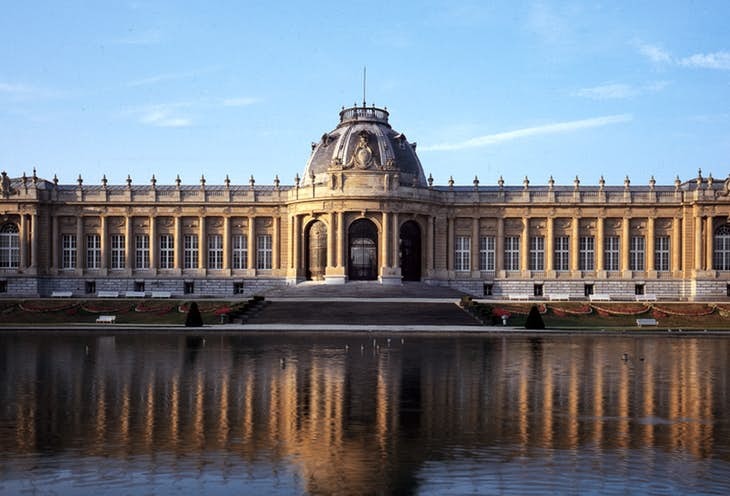The AfricaMuseum – the new name for the Royal Central African Museum in Tervuren – reopened on Saturday after five years of renovation work. It will hold a new permanent exhibition, which takes a very critical look at colonisation. This is quite a big thing as the exhibition hadn’t changed since the 1950s, before decolonisation. This long period without change is due to the Belgian population’s lack of interest in its former colony, explains Pierre-Luc Plasman, a scientific researcher at the Louvain-Europe Political Science Institute.
“There has never been a lot of interest in our colony in the Congo”, says Pierre-Luc Plasman. “It was more a missionary and capitalist affair than a national one”, the researcher explained. He compares it to the national men’s football team. “It’s an ego boost: everyone loves the Red Devils now, but 15 years ago they were a very different team and no-one was watching their matches”.
The Tervuren museum didn’t only cover the history of Africa, it also looked at other aspects such as anthropology. “People visited the museum for the canoe and the stuffed elephant. They came to see mini-Africa the same way they visited mini-Europe, ironically", he said.
“Propaganda was used to glorify Belgium’s colonial history for a long time”, said Mr Plasman, a specialist in Belgium’s colonial past. “The idea was to present Congo as a model colony in every way, from 1908 through to 1960”. The colony’s history goes back to the independent state of Congo, which was created in 1885 as the personal property of Léopold II. He was heavily criticised for his handling of the colony, which was marred by extreme violence. Belgian authorities took control of the country in 1908. “Belgium wanted to show itself as the best coloniser in the world, to counteract all the criticism”.
Congo became independent in 1960. There has never been an enormous amount of interest in the colonisation of the Congo, but now there is even less. “The museum has lost part of its income”, explains Guido Gryseels, the director of the Africa Museum. “The museum aspect has been left to one side and we are now focusing on scientific research (the museum now employs 85 researchers), which explains why the exhibition hadn’t changed for so long”.
“We were hit by two bombshells” at the end of the 1990s, says Mr Plasman. Two publications took a more critical stance on historical colonisation. “Colonisers become villains and this view wasn’t understood by some of the population. They still saw Belgium as a “good” coloniser”.
But a new generation has arrived, “which has never known the Congo or Zaire. It has no sentimental or ideological attachment to our colonial past, which makes work on accepting this view of colonisation easier”. Part of the population also want some form of compensation, “especially in Brussels due to its large African community”.
The gap in time between the absence and emergence of critics explains why the debate has become so public. “In the Netherlands, for example, historians never stopped looking at colonisation. This means a more negative stance was more readily accepted”.
The Brussels Times

